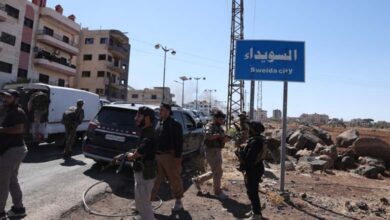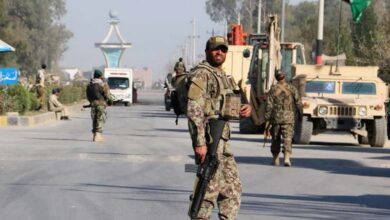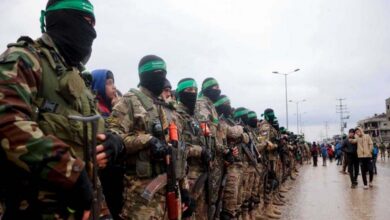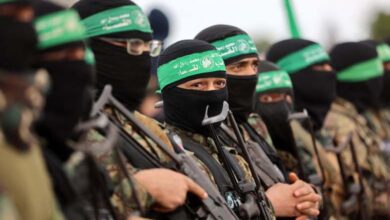From Spark to Agreement: Key Milestones in the Gaza War Over Two Years
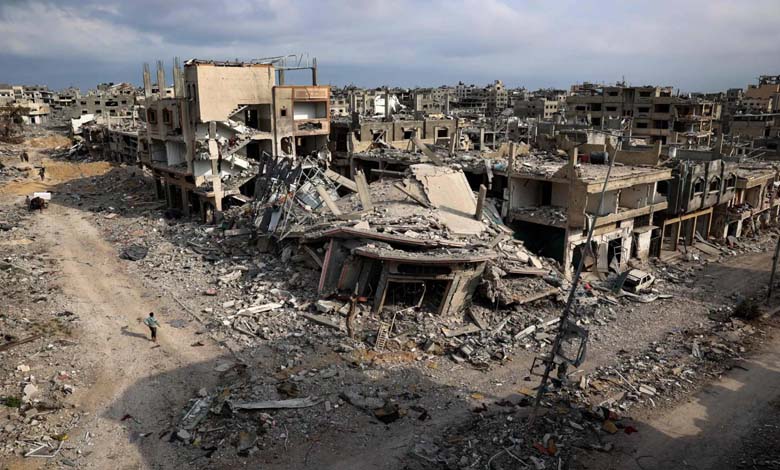
In Gaza, the war has unfolded in multiple stages since its initial spark, marked by decisive turning points throughout two years of intense conflict.
From Hamas’s surprise attack on October 7, 2023, to Israel’s large-scale military operations, temporary truces, and prisoner exchanges, culminating in the recent announcement of a ceasefire agreement, the war has witnessed a succession of critical developments.
These events have shaped the trajectory of a conflict that has claimed tens of thousands of Palestinian lives and dramatically altered the face of the besieged territory.
Below are the major milestones of the war:
-
The War Winds Down in Gaza as Israel Begins Gradual Withdrawal
-
Gaza Agreement Exposes the Muslim Brotherhood: Egypt as a Scapegoat to Divert from Internal Rift
The Hamas Attack
On October 7, 2023, hundreds of Hamas fighters launched a coordinated assault on southern Israel, killing about 1,200 people, according to official Israeli figures.
The group took 251 hostages back to Gaza; the Israeli army says 47 are still being held, while at least 25 have died since their capture.
The Ground Invasion
Following the Hamas attack, Israel began bombing the Gaza Strip and imposed a total blockade.
On October 13, Israel ordered civilians in northern Gaza to move south.
According to the United Nations, nearly all of Gaza’s 2.4 million residents were displaced during the conflict.
On October 27, 2023, Israel launched its ground invasion.
-
Gaza Finally Breathes Again… Ceasefire Announcement Moment by Moment
-
Gaza Bids Farewell to Fire with Cheers and Tears, Awaiting the Implementation of the Agreement
Truce and Prisoner Exchange
On November 24, 2023, a weeklong truce began, during which 105 Israeli hostages were released in exchange for 240 Palestinian prisoners held in Israeli jails.
When fighting resumed on December 4, Israeli tanks entered southern Gaza.
The ICC Targets Netanyahu
In November 2024, the International Criminal Court issued arrest warrants for Israeli Prime Minister Benjamin Netanyahu, then-Defense Minister Yoav Gallant, and Hamas military commander Mohammed Deif — who was later killed in an Israeli airstrike — on suspicion of “war crimes and crimes against humanity.”
-
Two years into the Gaza war, Israel has gone from international sympathy to global isolation
-
Two Years of War in Gaza: How Destruction Spread Like Wildfire
The Second Truce
On January 19, 2025, a second truce came into effect under pressure from Donald Trump, on the eve of his return to the White House for a second term.
Hundreds of thousands of Palestinians returned to northern Gaza. During the first phase of this truce, which ended on March 1, 33 hostages — including eight who were deceased — were released in exchange for about 1,800 Palestinian prisoners. Israel also allowed greater humanitarian aid to enter Gaza before halting deliveries again on March 2.
On March 18, Israel resumed its offensive, effectively ending Trump’s proposed plan.
-
900,000 Displaced: Israel’s Account of Civilians Fleeing Gaza City Southward
-
Curfew and Clashes: Hamas Attacks the al‑Majayda Family in Gaza, Deepening Residents’ Suffering
Intensified Israeli Operations
Five days after Hamas released an Israeli-American hostage on May 12, 2025, the Israeli military intensified its operations in Gaza.
On August 22, the United Nations reported that famine was spreading in parts of the territory.
Famine
In August, UN-affiliated experts confirmed that famine had broken out in part of the Gaza Strip. Israel denied the claim, accusing Hamas of diverting humanitarian aid.
The Assault on Gaza City
In mid-September 2025, the Israeli army launched a ground offensive on Gaza City, backed by Washington’s “steadfast support” to eliminate Hamas.
According to Gaza’s Ministry of Health, the war has killed more than 67,000 Palestinians.
-
Dangerous Combat Zone: Israel Warns Gaza Residents Against Returning
-
Heavy Bombardment: Israeli Fire Defies Trump in Gaza
Accusations of Genocide
Coinciding with the Gaza City assault, an independent UN-mandated commission of inquiry accused Israel for the first time of committing “genocide” in the Gaza Strip since the beginning of the war, with the alleged goal of “destroying” the Palestinian people. It held Netanyahu and other Israeli officials directly responsible.
The Announcement of the Agreement
On October 8, 2025, President Donald Trump announced that Israel and Hamas had agreed to the first phase of his new plan to end the war, unveiled the previous week in the presence of Netanyahu at the White House.
The agreement includes the release of hostages in exchange for around 2,000 Palestinian prisoners, the entry of humanitarian aid into Gaza, and the withdrawal of Israeli forces to a pre-agreed line within the territory.


